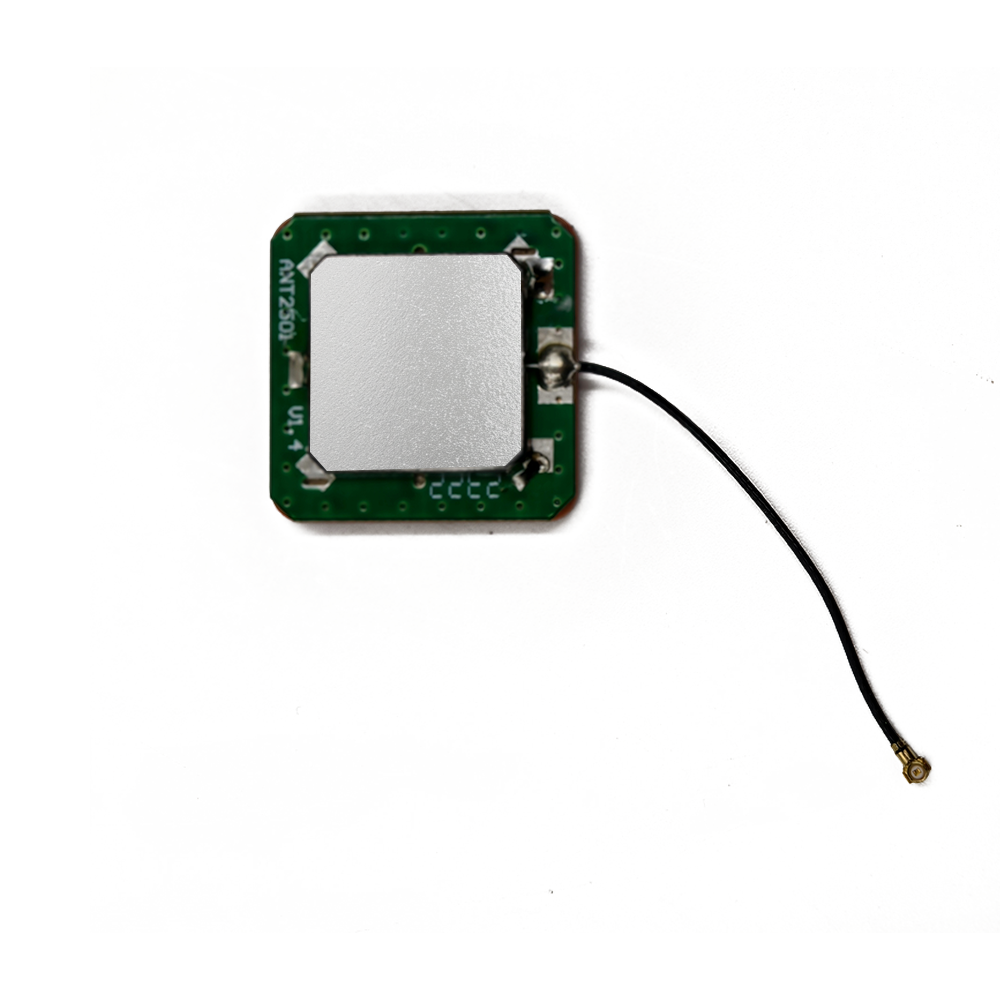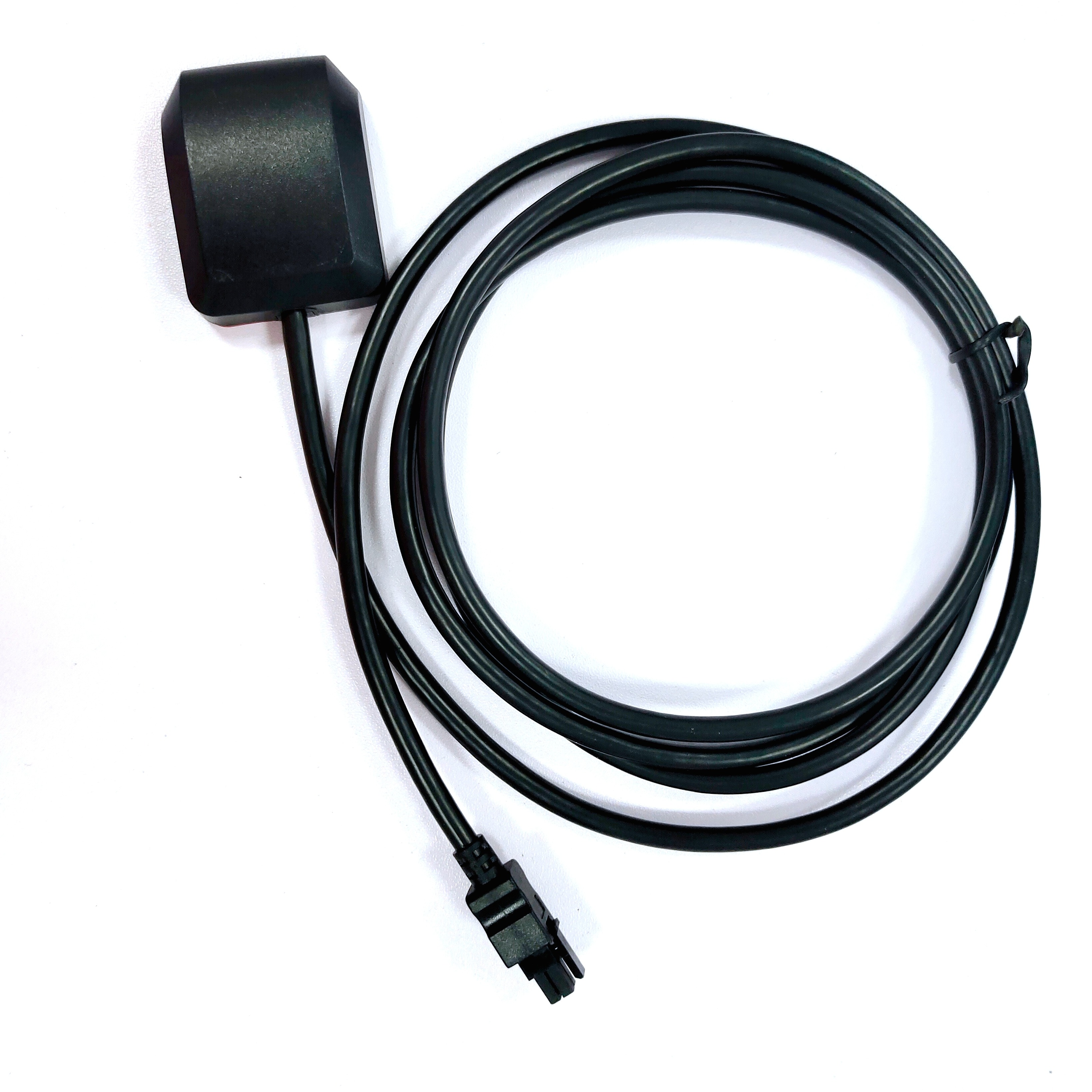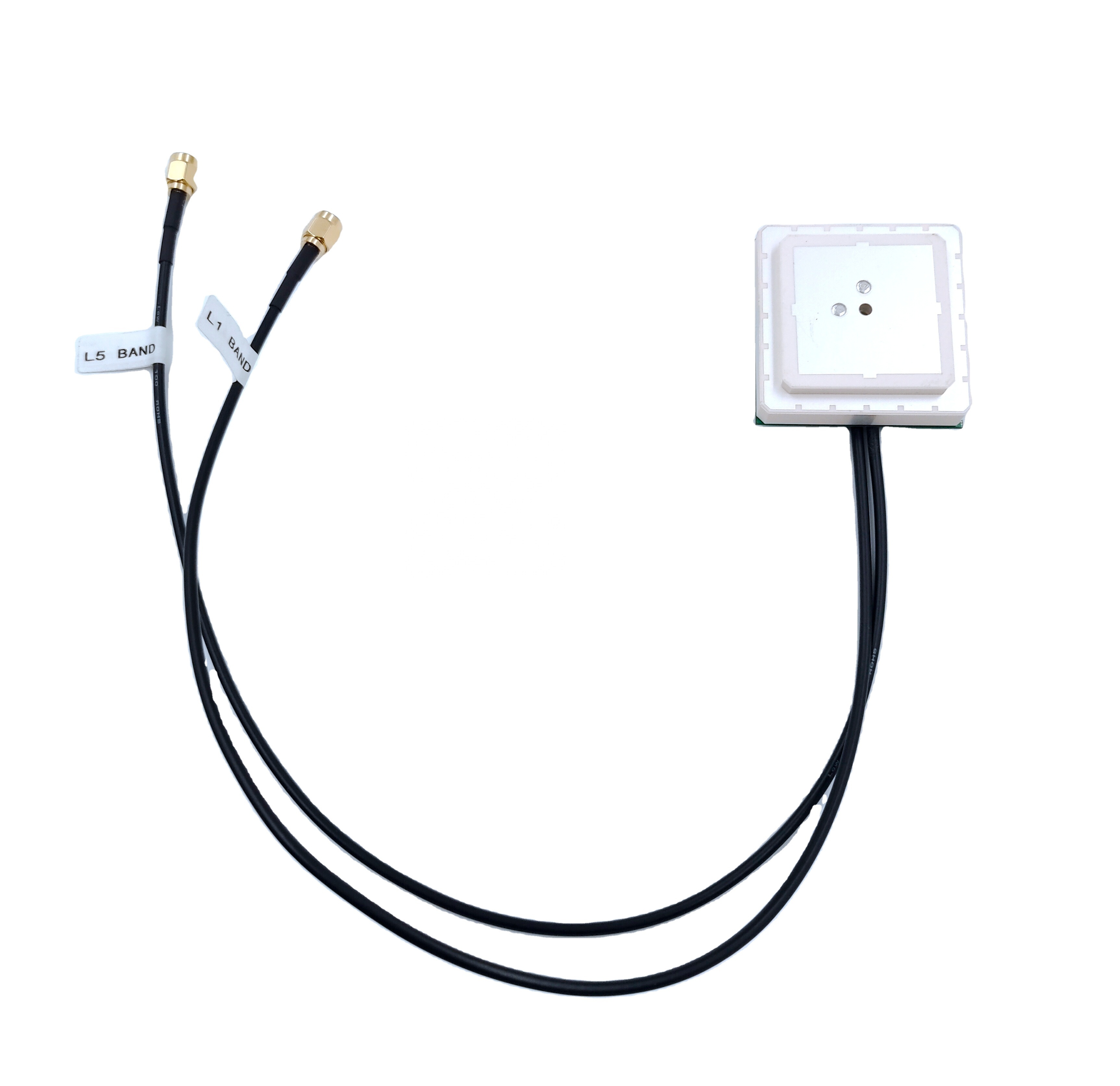The GPS/GLONASS 4G ceramic chip antenna is not merely a component; it is the enabling technology for a vast ecosystem of mobile and remote IoT applications that require reliable, ubiquitous connectivity and positioning. Its unique blend of features has made it the preferred solution in numerous industries, and its evolution is closely tied to the future directions of the IoT market itself.
Current Applications:
Logistics and Asset Tracking: This is arguably the quintessential application. These antennas are embedded in trackers attached to shipping containers, pallets, and high-value assets. They provide real-time location anywhere there is cellular coverage, enabling complete supply chain visibility, theft prevention, and condition monitoring (e.g., temperature, shock).
Fleet Management and Telematics: Modern fleet management systems rely on these antennas in their telematics units. They provide continuous vehicle location, speed, idling time, and harsh braking events. The 4G connection allows for real-time data transmission to a cloud platform for dispatch optimization, driver safety scoring, and predictive maintenance.
Smart Agriculture: Precision farming is being revolutionized by IoT. Ceramic antennas are found in:
Asset Trackers: on livestock and machinery.
In-Field Sensors: that monitor soil moisture and nutrient levels, using their location to create detailed field maps.
Autonomous Guidance Systems: for tractors and harvesters, where their small size is a major advantage.
Smart Cities and Utilities: IoT is making cities smarter and more efficient. These antennas enable:
Smart Parking Sensors: that detect vehicle presence and communicate status.
Asset Management: for city-owned equipment.
Remote Utility Metering: (water, gas, electricity) that can transmit readings directly over 4G networks without relying on homeowner Wi-Fi.
Personal Safety and Wearables: For lone workers in industries like construction, mining, and healthcare, wearable devices with embedded cellular and GPS functionality can trigger an alert with precise location data in case of an emergency. Their small size is critical for user comfort and adoption.
Environmental and Scientific Monitoring: Sensors deployed in remote areas to monitor weather, air quality, water levels, or seismic activity use these antennas to report data back to research institutions without the need for human intervention to collect it.
Future Trends:
Transition to 5G and LPWAN Integration: While 4G is dominant today, the future lies in 5G for high-bandwidth applications and Low-Power Wide-Area Networks (LPWAN) like NB-IoT and LTE-M for ultra-low-power applications. Future ceramic antennas will be designed to cover these new bands, including 5G's new frequency ranges (e.g., n71 at 600 MHz, n78 at 3.5 GHz). We will see antennas that combine 4G/5G, GNSS, and even LPWAN in a single package.
Support for Multi-Constellation, Multi-Band GNSS: The next generation of antennas will move beyond basic GPS L1/GLONASS L1. They will be designed to also receive L5, E5, and B2 signals from GPS, Galileo, and BeiDou. This will enable higher accuracy and faster convergence times, bridging the gap between consumer and survey-grade performance for IoT applications like autonomous machines.
Enhanced Integration and "Antenna-in-Package": The trend of integration will continue. We will see modules that combine the ceramic antenna, the cellular modem, the GNSS receiver, and all necessary RF front-end components (filters, LNAs, PAs) into a single, pre-certified system-in-package (SiP) or module. This will further reduce the design burden on OEMs and accelerate time-to-market.
AI-Driven Antenna Tuning: As devices are used in varying environments (e.g., held in a hand, placed on a metal surface), the antenna's performance can be detuned. Future systems may incorporate impedance tuning chips that use AI algorithms to sense the antenna's load and dynamically adjust the matching network in real-time to maintain optimal efficiency, regardless of the environment.
Focus on Sustainability and Material Science: Research will continue into new ceramic and substrate materials that offer even higher permittivity for further miniaturization, lower loss for better efficiency, and more sustainable or easier-to-recycle compositions.
The trajectory is clear: the humble ceramic chip antenna will become more capable, more integrated, and more intelligent. It will evolve from a simple passive component into an adaptive and key part of a device's overall connectivity system, continuing to serve as the fundamental link between the physical movement of assets and the digital systems that manage them, powering the IoT revolution for years to come.
Conclusion
The GPS/GLONASS 4G ceramic chip antenna is a profound example of technological convergence meeting market necessity. It is a component that embodies the core ethos of the Internet of Things: to imbue the physical world with intelligence and connectivity, often within severe constraints of size, power, and cost. Its development and widespread adoption are not an accident but a direct response to the critical need for a miniaturized, reliable, and dual-purpose RF solution for mobile and remote applications.
Its significance lies in its role as a pivotal enabler. By integrating the two most fundamental capabilities for a mobile IoT device—global positioning and wide-area communication—into a single, surface-mount component, it has eliminated a major barrier to innovation. It has allowed engineers and entrepreneurs to focus on developing sophisticated applications and data analytics platforms, secure in the knowledge that the underlying hardware challenge of connectivity and location has been solved by a robust, commercially available technology.
The strategic choice to use this antenna involves a clear-eyed acceptance of its trade-offs. One must embrace its inherent dependency on excellent PCB design, its need for external filtering, and its performance compromise compared to larger external antennas. However, for the vast majority of IoT use cases, these challenges are not deal-breakers but rather engineering problems to be solved. The overwhelming advantages of miniaturization, manufacturing simplicity, and design integration far outweigh these hurdles, making it the default choice for a huge range of products.
Looking forward, the ceramic chip antenna is not a static technology. It is on a clear evolutionary path towards supporting newer communication standards like 5G and NB-IoT, incorporating more GNSS bands for higher accuracy, and becoming part of even more highly integrated "connectivity engine" modules. Its future is one of increasing intelligence and adaptability, potentially tuning its own performance in real-time to overcome environmental challenges.
In conclusion, the GPS/GLONASS 4G ceramic chip antenna is far more than a simple piece of ceramic and metal. It is a foundational technology that sits at the very intersection of the physical and digital worlds. It is the silent, unassuming workhorse that allows a shipping container to report its location from the middle of the ocean, a tractor to steer itself across a field, and a wearable device to call for help with pinpoint accuracy. It is, in every sense, a key building block upon which the mobile and connected future is being built, proving that the most impactful technologies are often those that work quietly in the background, enabling everything else.




































































 Language
Language
 En
En Cn
Cn Korean
Korean

 Home >
Home > 







 18665803017 (Macro)
18665803017 (Macro)













